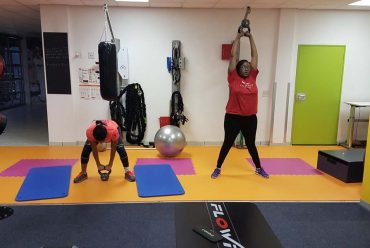The scourge of Lower Back injuries to fast bowlers
A lower back stress related injury to a cricketer equates to precious time away from the game, activity limitation and often pain. This is devastating to any player (Hardcastle, 1991; Standaert and Herring, 2000). Non – athletic populations can get away with this type of injury, however to a fast bowler, it relates to a batsman trying to bat without holding a piece of willow in his hands.
The prevalence of these injuries in athletic populations is higher than in the general populations, with figures of 8% (Soler and Calderon, 2000) and 15% (Rossi, 1978) reported. However there is a marked difference in cricket, which the prevalence for stress lesions in bowlers is between 11 and 67%, which is higher than any other sport. Due to the popularity of the game, this has become a cause for concern.
High injury rates are found in younger fast bowlers (Stretch, 1995). However most studies investigating lumbar bony stress injuries in fast bowlers use a relatively young study cohort, resulting in a possible bias regarding age as a risk factor. There are biomechanical data (Cyron and Hutton, 1978; Farfan et al, 1976) demonstrating that the spines of those under 20 years area at increased risk to injury. During repetitive mechanical loading of cadaveric vertebral samples, spines aged between 14 and 30 years showed the greatest susceptibility to fracture through the pars interarticularis (Cyron and Hutton, 1978). This study also showed spines from subjects less than 20 years of age were weaker than spines from older subjects. These authors theorized that as inter-vertebral discs are more elastic in younger spines, greater shear forces reach the articular facets placing greater stress on the neural arch. Due to this, understanding that a fast bowler, presents with a mixed-action is important. A further consideration is that ossification of the neural arch may not be complete until the age of 20, placing the structure at further risk. This view is supported by others who consider the underdevelopment of the par interarticularis (Hardcastle, 1991) and lumbar transverse processes (Farfan et al, 1976) of the adolescent vertebra predisposes younger players to an increased risk of developing a spondyloysis.
While not a modifiable risk factor, those of younger (20>) age may benefit from targeted preventive interventions to correct technique, improve core strength and reducing workload.
Orchard, James, Kourntouris and Portus (2008), found the average incidence of lumbar spine stress fractures was 0.61 injuries per team per season. The study was carried out amongst 7 elite Australian teams and 210 players. This accounted for approximately 4.3 players diagnosed with a lumbar stress fracture annually.
During 3 full seasons at the Highveld Lions, there as only been 5 reported lower back cricket related injuries. All 5 of these injuries occurred during the 2010-2011 season. Since then there has not been a lower back injury in 2 full seasons.
@Craig_gov
Craig Govender Physiotherapy @ The Bullring








